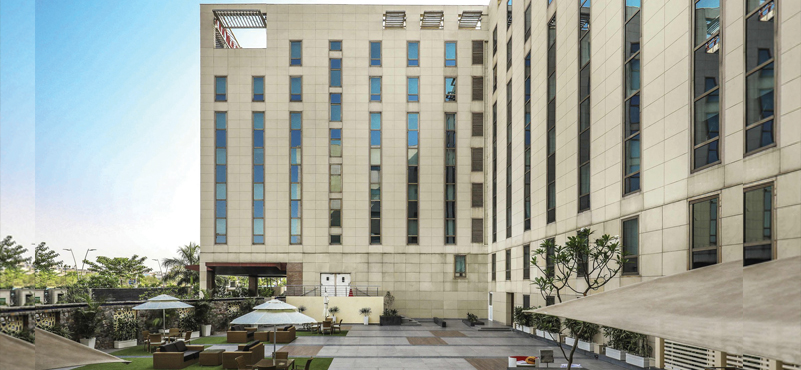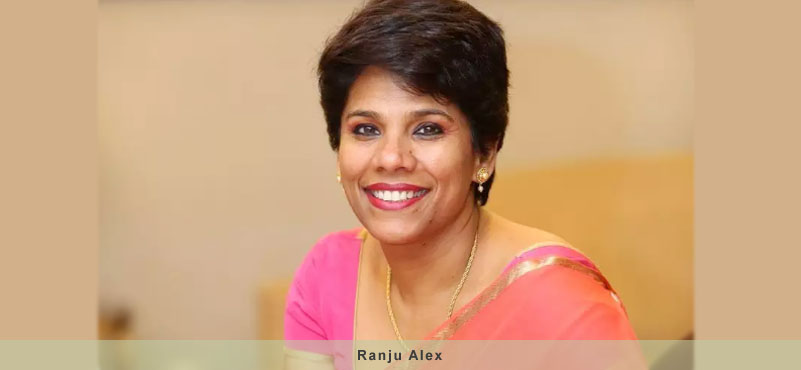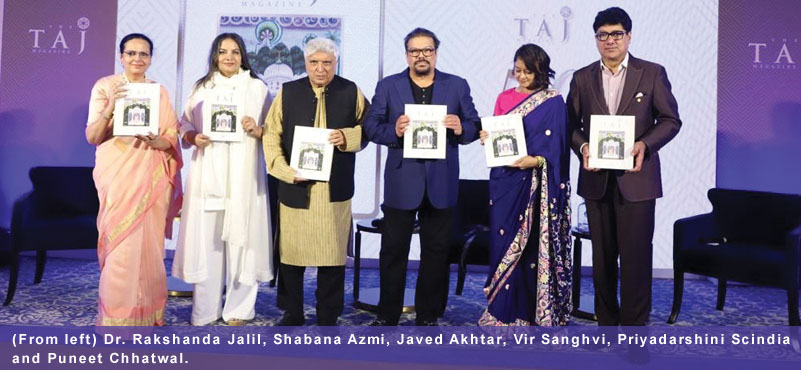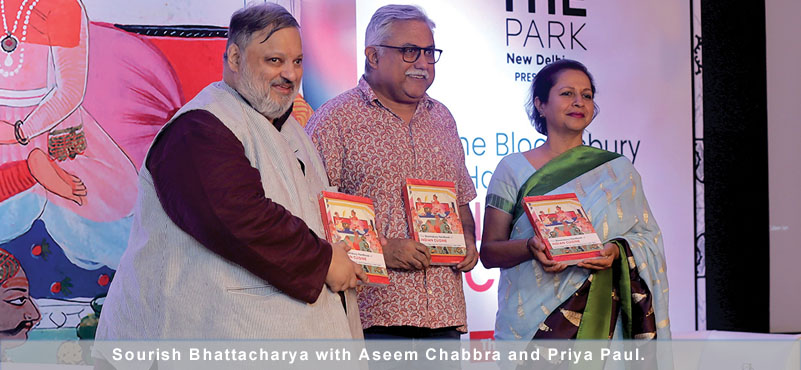Indian tourism and Indian hospitality industry in particular is seeking a greater ease in doing business.
We bring you two prominent hoteliers to speak on what is desirable in the system. These are most constructive suggessions which would significant transparency in how we build hotels across the country.
JB Singh, president, Interglobe Hotels: Ensure a sustainable business eco-system to bring more investments.
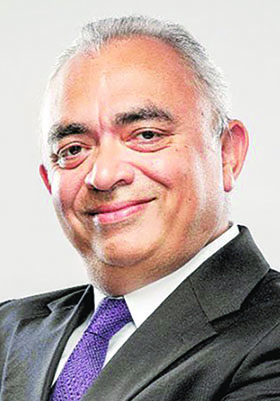
PRESIDENT, INTERGLOBE HOTELS
Stepping up hotel infrastructure is pivotal in refining the standards of tourism and hospitality in the country. This is possible provided we tackle the following issues:
- Reformation of prevailing norms relating to parking, building, and circle and stamp duty is needed. There exists an ambiguity in these norms and practises which dampen infrastructural investment in hospitality:
- Parking norms:
- • Parking norms in most states in India are archaic, unrealistic, and prohibitive for hotel development. They are often linked to the number of rooms rather than to banquet spaces which is the main user of the provision. With economy hotels (with smaller room sizes), the same plot yields a much larger number of rooms and small banquet/meeting spaces (as these hotels are not operationally equipped to cater to large functions). This, however, results in a larger requirement for the number of parking slots which costs more and remains largely unutilized.
- • In cities like Thane, hoteliers are asked to provide as much as one car park for every 1 room, plus additional car parks for the public areas and banquet spaces. So, for a 200-room hotel, one would need to provide a 300-car parking slot. A more logical way of calculating parking space for hotels would be to link it to the total built-up development or FSI space constructed of the hotel project only.
- Building norms:
- DOT Norms – While development costs are increasing every year, the star categorisation for hotels indicates larger construction spaces which need to be developed for higher category hotels, which in turn push the sustainability aspect of a project. The DOT norms need to be revised to control the carbon footprint and better utilise spaces which would help improve the sustainability aspects.
- NBCC Norms – NBCC is a Pan-India governing body, yet the interpretation of their guidelines is different in every state. Byelaws, standard procedure and understanding by the local authorities vary with every location.
- Infrastructure status
- • Currently, only those hotel projects costing over the threshold limit of INR 200 crores get infrastructure status.
- • This limits the applicability of the infrastructure status to only luxury hotel projects and is biased against the economy and mid-market hotels as they rarely cost over INR 200 crores.
- Circle rates:
- • Many cities in India have unrealistic circle rates which are higher than the prevailing land prices, making acquiring land for hotel development unviable.
- • New Delhi, for example, has circle rates which are sometimes as high as twice of the current market price for hotel / commercial plots.
- Approvals and licenses:
- • There are numerous licenses and approvals (can add up to more than a 100 in some states) that are required to operate a hotel in India leading to loss of time, effort and resources. A single-window clearance and faster approval process could shorten the lead time of opening a hotel by as much as 6 months.
- • Liquor license – hotels have faced a challenge with even acquiring Liquor license as it varies from state to state. The hotel categorisation, types of liquor served and even the definition of star categories which vary with toilets sizes, room sizes and the even locational aspect make it a major challenge. The central government should create country-wide guidelines that is followed by all states could be a good way forward.
- Time-Bound Approval – a straightforward way to ensure timely approvals would be to place a time-bound procedure for the ‘single-window system.’ Once documents are uploaded on the portal, a process of clearance within a certain period would make it a very feasible process.
- Land acquisition challenges:
- • No credible benchmarks are available for land prices and the owner’s expectation is almost always unrealistic. This makes land cost range between 45-50 per cent of the project cost, though any cost steeper than 25-30 per cent renders projects infeasible.
- • Provision of public domain information – provision for public domain information such as geological data of soil conditions, weather, water resources and chemical composition of land etc. which helps during the assessment of land parcels should be available.
- • Lack of centralised database – There is a need for introducing a centralised database of digitised records with a single authority for title information. Property records are different for all regions even in states and it is an arduous task to understand land details due to the lack of transparency and a centralised database.

